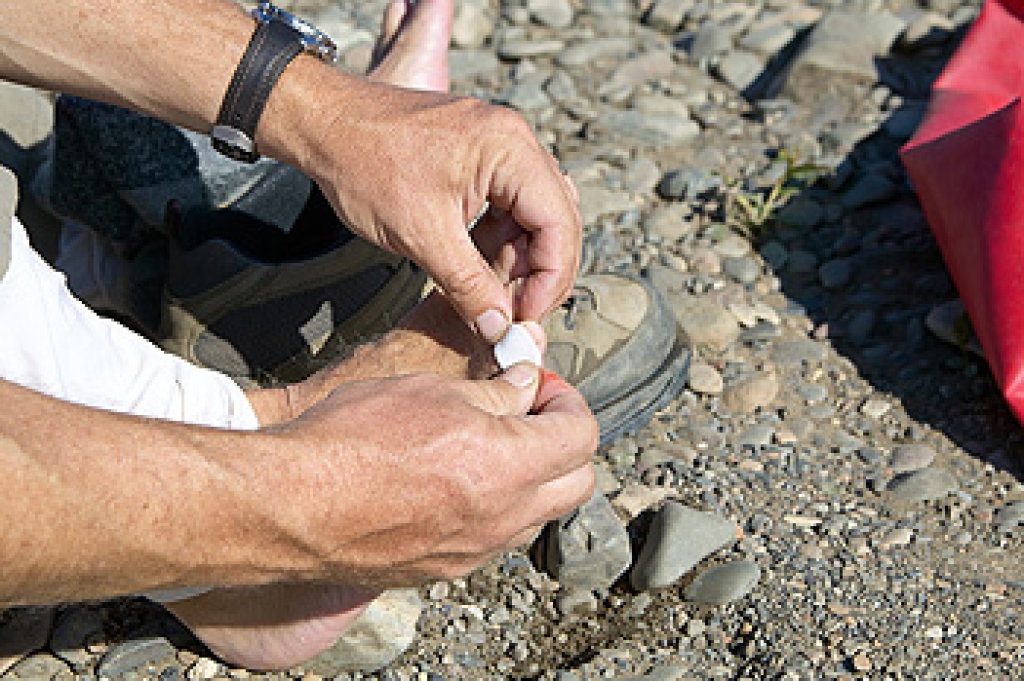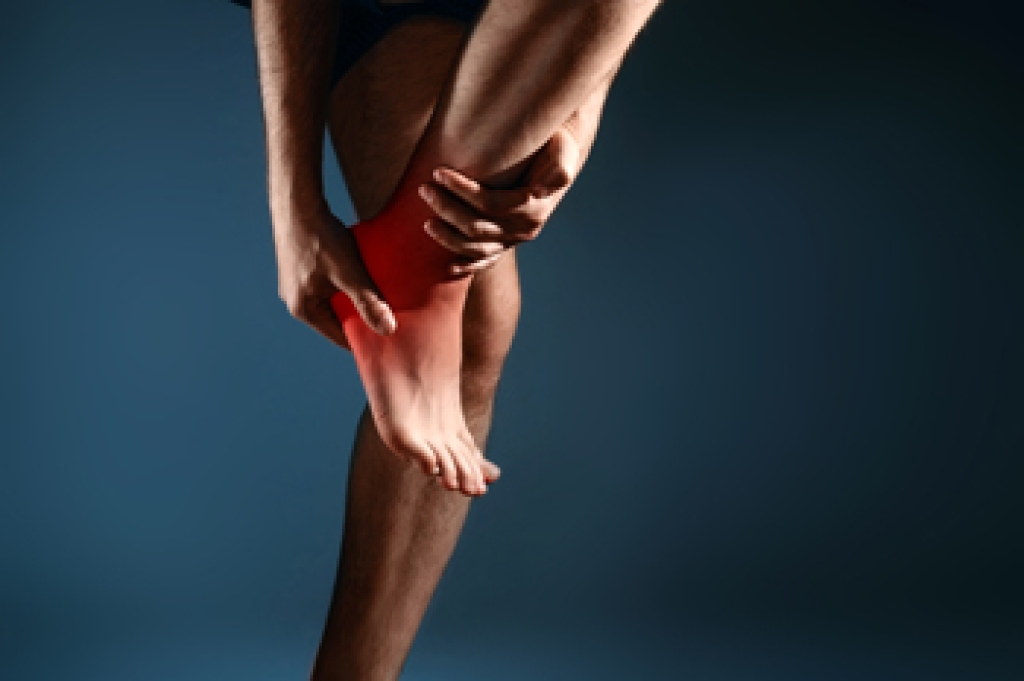 You’re on vacation in Europe and walking is a major part of your day. You’ve worn a new pair of shoes, and after a few hours your feet are crying out in pain. When you stop to take a look, you see that you’ve developed blisters on your toes and heels. The first reaction may be to pop the blister, but this can cause an infection. If you accidently break the skin on the blister and the fluid seeps out, keep it clean and protect it with a sterile gauze bandage until the area dries up. To prevent blisters from forming, be sure to wear shoes that fit properly and are broken in before walking long distances. If the area around the blister becomes red, or if the blister is discolored or enlarges in size, it may be infected. In that case, please see a podiatrist as soon as possible for the proper treatment.
You’re on vacation in Europe and walking is a major part of your day. You’ve worn a new pair of shoes, and after a few hours your feet are crying out in pain. When you stop to take a look, you see that you’ve developed blisters on your toes and heels. The first reaction may be to pop the blister, but this can cause an infection. If you accidently break the skin on the blister and the fluid seeps out, keep it clean and protect it with a sterile gauze bandage until the area dries up. To prevent blisters from forming, be sure to wear shoes that fit properly and are broken in before walking long distances. If the area around the blister becomes red, or if the blister is discolored or enlarges in size, it may be infected. In that case, please see a podiatrist as soon as possible for the proper treatment.
Blisters may appear as a single bubble or in a cluster. They can cause a lot of pain and may be filled with pus, blood, or watery serum. If your feet are hurting, contact one of our podiatrists of Houston Foot and Ankle. Our doctors can provide the care you need to keep you pain-free and on your feet.
Foot Blisters
Foot blisters are often the result of friction. This happens due to the constant rubbing from shoes, which can lead to pain.
What Are Foot Blisters?
A foot blister is a small fluid-filled pocket that forms on the upper-most layer of the skin. Blisters are filled with clear fluid and can lead to blood drainage or pus if the area becomes infected.
Symptoms
(Blister symptoms may vary depending on what is causing them)
- Bubble of skin filled with fluid
- Redness
- Moderate to severe pain
- Itching
Prevention & Treatment
In order to prevent blisters, you should be sure to wear comfortable shoes with socks that cushion your feet and absorb sweat. Breaking a blister open may increase your chances of developing an infection. However, if your blister breaks, you should wash the area with soap and water immediately and then apply a bandage to the affected area. If your blisters cause severe pain it is important that you call your podiatrist right away.
If you have any questions, please feel free to contact our offices located in Kingwood, Humble, The Woodlands, and Conroe, TX . We offer the newest diagnostic and treatment technologies for all your foot care needs.




